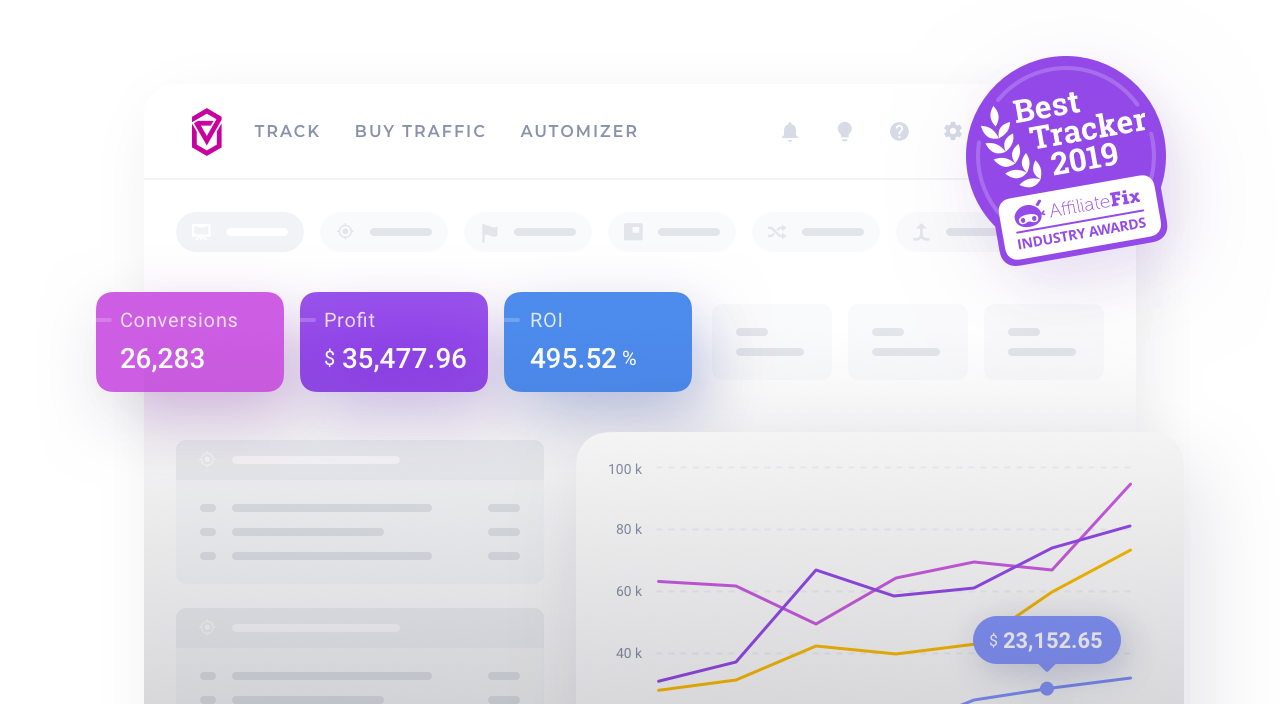Transferring Voluum data to Google Sheets and Data Studio
Voluum offers its users a robust reporting engine with a graph as a visualization tool. Some more advanced users may want or need to go beyond that and extend Voluum's data presenting options with an external tool. For example, they may want to push Voluum data to Data Studio and anaylse it there.
How Does it Work?
Voluum has the Shared Reports feature that generates a link that is accessible to non-Voluum users. This link presents live Voluum data, which scope has been outlined by the user who created the report. You can configure data transfer from Shared Reports to Google Sheets using a free plugin, and then use this Google Sheet spreadsheet as a data source for Data Studio.
Once data is present in Data Studio, you can create advanced visual dashboards.
Step 1: Get API Request URL from Voluum
Standard API request URLs have a fixed time range. To generate a dynamic URL that will update every day, it is possible to utilize the Voluum Shared Reports link as a URL request.
- Create a Shared Report with desired time range and data scope. To learn more, read the Shared Reports: Overview article.
- Open Developer Tools of your web browser (F12 on Google Chrome).
- Open the Shared Report.
- Go to the Network tab.
- Select appropriate element .
-
Get the request URL.

Step 2: Move Voluum Data to Google Sheets
-
To unpack JSON in Google Sheet, user has to install free API to Sheets addon in Google Workspace Marketplace. Here's the link: https://workspace.google.com/marketplace/app/api_to_sheets/245778206812?hl=pl

-
In Google Sheets, choose Create New API Request in the Extensions tab.

-
In the side menu paste Request link in API URL Path input field and choose GET option from the Method drop-down menu.

-
In the Request Headers field paste:
Name
Value
Access-control-allow-credentials
true
Content-type
application/json
-
Set up Sheets for data update: choose Replace from the dropdown, name the request and run the addon.

-
In the Schedule tab choose the update frequency and time. After saving the Sheet will update at the time selected.




